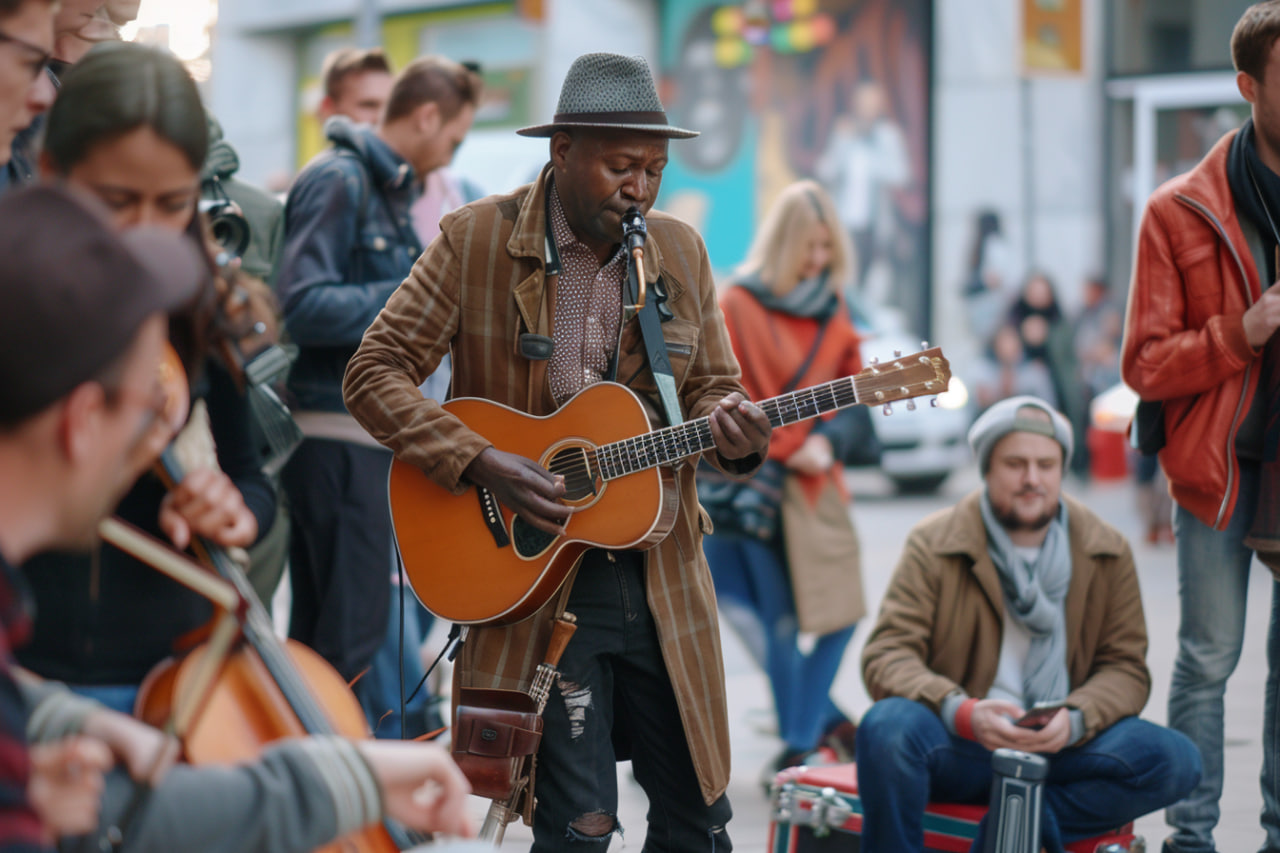When Classical Instruments Speak in Every Language
In a quiet practice room, a violinist tunes her strings, the same way it’s been done for centuries. Next door, a cellist plays long, sweeping notes, her bow gliding like a brush over canvas. From the hallway, you hear a piano echoing softly—maybe Bach, maybe Chopin. But then something unexpected begins.
The violinist changes her rhythm. The cellist starts plucking. The piano finds a groove. And suddenly, this trio is no longer in the 18th century. They’re in a smoky jazz club, or maybe at the edge of a river in Argentina, or on a Parisian street where accordion players once filled the air with gypsy waltzes. And the instruments? The same ones you’d find in any orchestra.

This is the quiet superpower of classical instruments: they don’t belong to just one era, one genre, or one tradition. They are like seasoned actors—capable of playing countless roles, of slipping into different musical costumes with grace and depth. The piano, for instance, is a chameleon. It can whisper Debussy, cry out in Beethoven’s fury, or swing in a ragtime rhythm that would make Scott Joplin proud. In the hands of a jazz artist, it becomes an improvisational partner. In the world of pop, it forms the emotional core of a ballad. And in film scores, it tells stories without a single word—just emotion, pressed into keys.
Violins, too, break free of the concert hall every day. In Irish folk music, they become fiddles—fast, bright, and joyous. In Eastern European Roma traditions, they sing with heartbreak and dance with wild freedom. In country music, they move like memory through verses of love and loss. The shape stays the same, but the soul shifts. The cello, often thought of as the orchestra’s warmest voice, has traveled far beyond its symphonic roots. It can slide into blues, ground a rock song with gravitas, or carry a solo line so vulnerable it could silence a room. When Yo-Yo Ma formed the Silk Road Ensemble, he wasn’t just combining cultures—he was showing how a classical instrument could become a global storyteller
And then there are flutes, clarinets, trumpets, harps—each one with centuries of tradition behind them, and yet, fully capable of speaking in new tongues. The flute can flutter like birdsong in a Japanese folk melody. The clarinet can weep in a klezmer tune or laugh in a Dixieland band. The trumpet, once reserved for kings and marches, now blares in jazz, flirts in funk, and even whispers in lo-fi hip hop.
What surprises many young musicians—and their parents—is not just that these classical instruments can play modern genres, but that they often sound better doing so. There’s a richness in an acoustic cello that no synthesizer can fake. There’s a tenderness in a hand-played flute solo that loops cannot mimic. And there’s something special about seeing a child, who once played “Twinkle, Twinkle,” now dive into a tango or an indie ballad—on the very same instrument
At our school, we see this transformation often. A student comes in expecting Mozart, but soon they’re exploring jazz improvisation on their clarinet. A young pianist falls in love with Chopin, but then finds their voice in blues. The instrument opens the door—but it’s the music that takes them places.
There’s no need to choose between genres when you play a classical instrument. Instead, you carry a passport. From baroque to bossa nova, from folk to film scores, your instrument can become a voice in any musical conversation. You just have to listen, to be curious, and to trust that your hands will learn to speak in many languages. Because in the end, the orchestra is not a museum. It’s a launchpad. And those wooden, brass, and stringed instruments? They are not relics. They are bridges—ready to take you anywhere